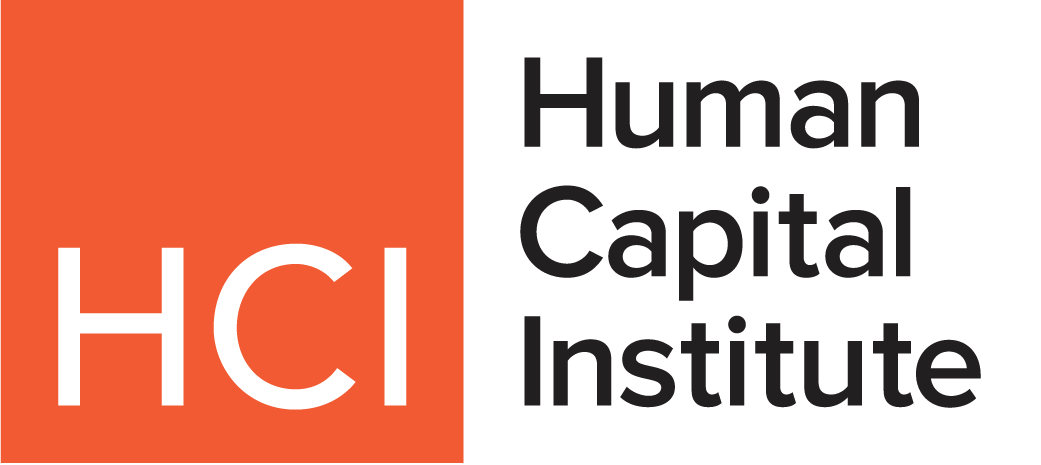“HR isn’t your friend.”
“You can’t trust HR.”
“Where is the HR for HR?”
Just look at any post with the tag “#HR” and you’ll see mountains of comments like these from employees and industry experts alike.
Let’s face it: HR’s reputation has been on shaky ground for a while. Some have tried to reinvent their reputation as people’s people, but employees don’t always buy it.
And HR’s reputation didn’t get any better when Astronomer’s former CEO and CPO were spotted in an embrace on a concert kiss cam that went viral.
Conversations around workplace romances, leadership integrity, and the reputation of HR have been flooding the internet ever since. HR juggernaut SHRM posted a poll on LinkedIn opening up the discussion on workplace romances, stating that, “Workplace romances aren’t going away—but HR leaders have the power to guide them responsibly,” then asking the audience what workplace relationship polices their organization had.
This comes just months after SHRM’s 2025 study on workplace romances, where they found 52% of workers had been or are currently in a workplace romance. 44%, however, considered public displays of affection inappropriate in the workplace.
When looking at workplace romance policies, 66% reported having flexible and clear policies, while 22% had no formal policy, and just 5% claimed to have restrictive policies.
HR’s transparency and credibility are on the line, so we talked to Ilene Nelson, former Chief Human Resources Officer at Anju Software and member of Athena Alliance, on ways that HR can build trust with employees.
What Can HR Do?
What can HR professionals do to build trust with the workforce?
Nelson outlines several steps:
1. Stay Calm, Don’t Overcorrect
Many HR professionals are going to be looking over their policies, especially on workplace romance, but Nelson warns about going too far.
“Don’t go to the other extreme and become the policy police,” she says. “Because that is a reputation no one in human resources wants.”
2. Transparency Builds Respect
It’s always best to be authentic and transparent with your employees.
“Be active, be involved with the employees,” Nelson urges. “If you’re still in an office, walk around every day, talk to people, get involved. If it’s a remote situation, schedule those one-on-one meetings, do a focus group. There are ways for HR to still be engaged with employees, and keep working on that trust, keep developing the relationships.”
Employees are going to have questions and concerns. The best way to abate these is to be there to answer them. It can be tempting to button up and water down your communication, but accuracy and transparency are what build trust.
3. Be Aware, Be Present
HR bears the burden of holding themselves to the highest standards if they want employees and leadership alike to trust them in enforcing those standards.
“Employees are watching what you’re saying and what you’re doing. So, HR needs to be aware, particularly now that more eyes are going to be looking at what they say, what they do, and what they write.”
And while being open to employees’ questions is important, being engaged and present in their conversations and meetings is what’s going to make the difference.
“They need to be involved in employee activities, in more staff meetings. And if they are in an office, then they need to be more present… be visible. Do not hide in your office for goodness’ sake.”
4. Get on the Same Page With Leadership
Once you’ve built that trust in your workforce, HR professionals need to be proactive in maintaining it. You need to have conversations with leadership and ensure they embody the culture you’re wanting to set.
“For a lot of HR professionals and their leaders and executive team right now, it’s just getting back to focusing on what we do well. If we’ve got hiccups, how do we address them and get on top of it and keep moving on?”
If HR professionals are aware, present, and transparent, they can create productive dialogue and build trust with employees.




